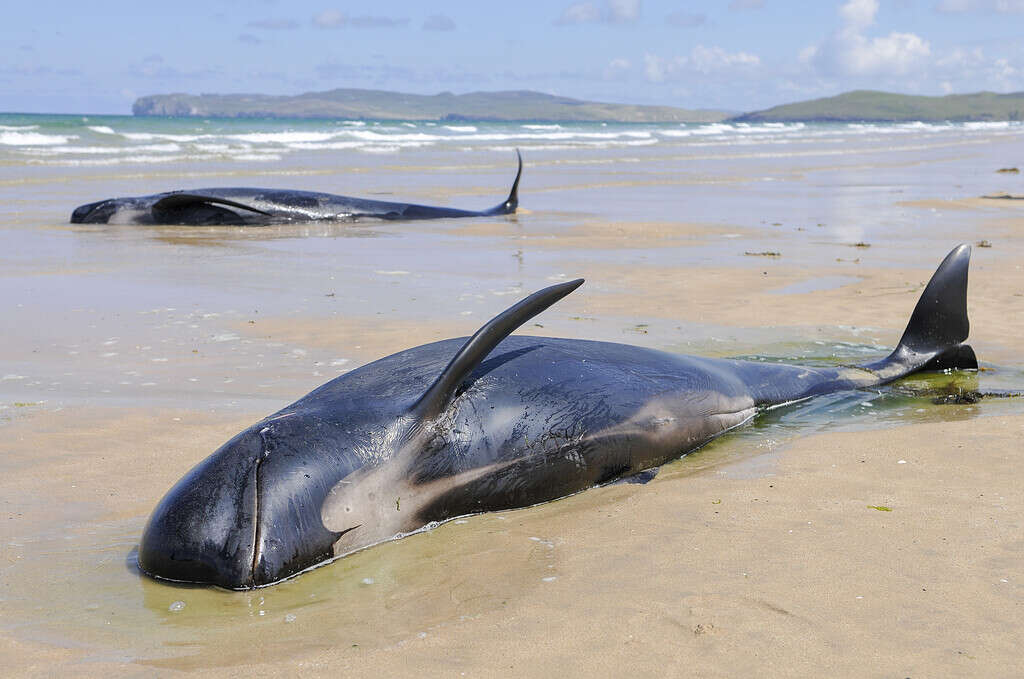
The post What’s Behind Maryland’s Surge in Marine Animal Strandings This Year? appeared first on A-Z Animals.
Maryland’s coastline and the Chesapeake Bay are facing a unique and devastating problem. The Department of Natural Resources is seeing an uptick in marine wildlife strandings this year, an event that leaves animals stuck on the sand and without help, often until it’s too late. But what exactly is a stranding, and how are these incidents occurring in Maryland?
Today, we’ll take a closer look at what is driving the increase of marine strandings, what the DNR hopes to learn from public reporting, and how simple steps made by locals can help save wildlife up and down the coast. Let’s dive into the details.
What Is a Marine Stranding?

©Stephen Barnes/iStock via Getty Images
A marine stranding is any situation where a marine mammal or other type of animal is sick, injured, entangled, or dead and cannot return to its normal habitat without intervention. This can happen—and is happening frequently—on open beaches, inside the Chesapeake Bay, or along tidal river shorelines.
Responders of marine strandings are responsible for documenting the scene, collecting samples, and stabilizing any live animals whenever possible. For deceased animals, teams conduct standardized examinations to determine the cause of death and any other contributing factors, so they can learn more should this happen again.
Why Strandings Are Increasing in Maryland
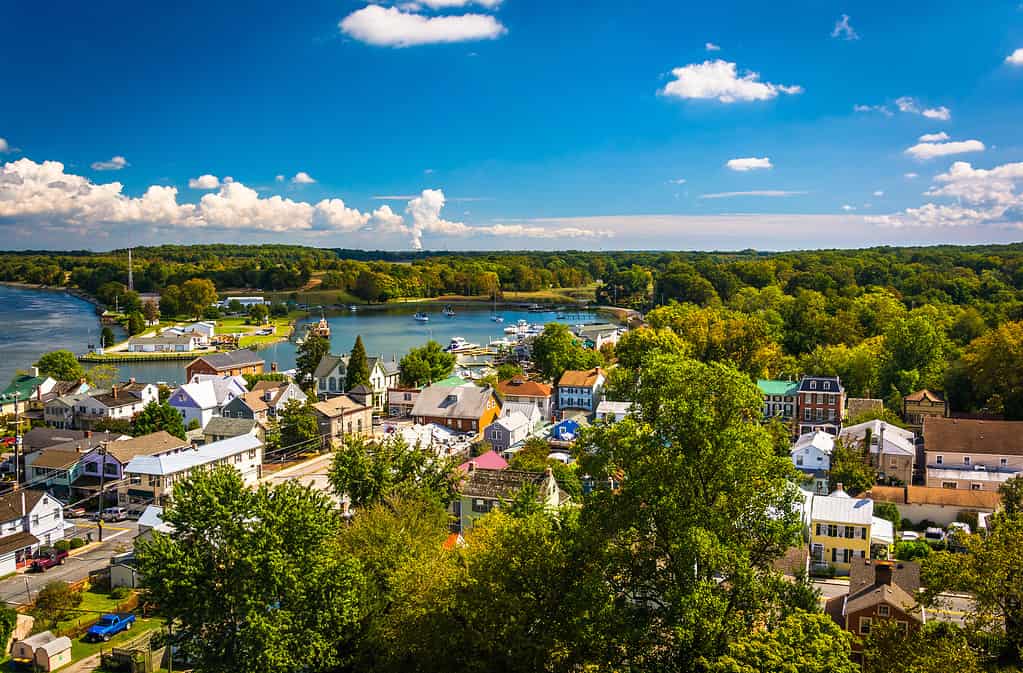
©AppalachianViews/iStock via Getty Images
Maryland has had an unfortunately busy stranding season, and there appear to be several reasons for this. Warm months have brought more dolphins, sea turtles, and seals into Maryland’s waters, which increases the odds of conflict with boats and fishing gear.
Additionally, heavy recreational traffic raises the risk of vessels striking wildlife, net or line entanglement, and disturbances in protected habitat areas. Weather shifts, temperature stress, harmful algal blooms, and diseases can push already weakened animals over the edge.
The Animals Most Often Seen Stranded in Maryland
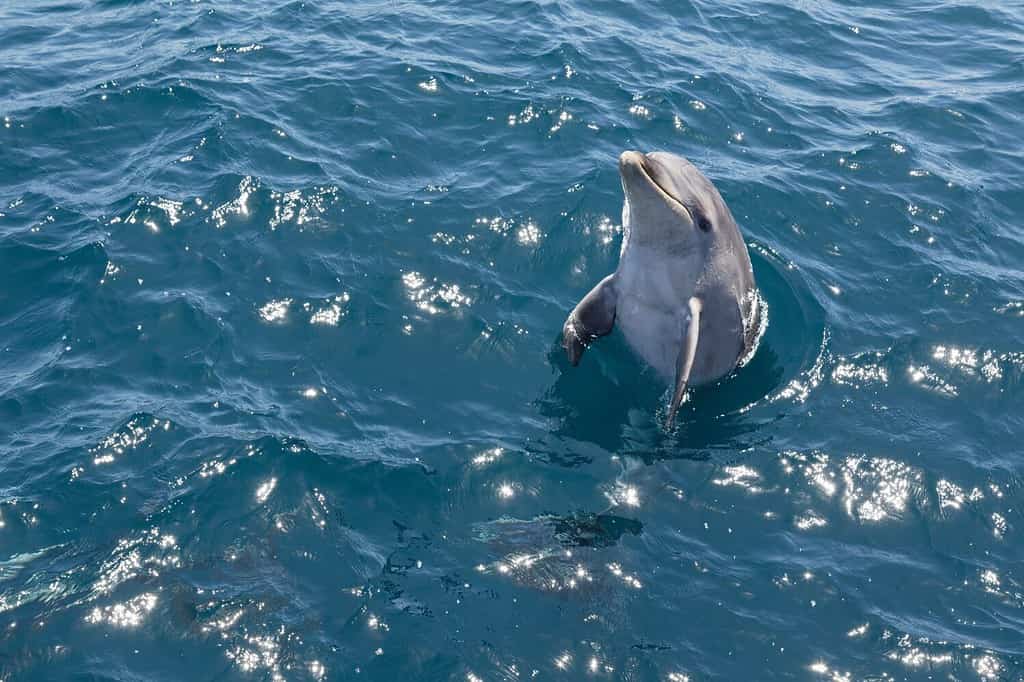
©Paleokastritsa/Shutterstock.com
Many animals have been seen stranded in Maryland this year, with bottlenose dolphins common in warm-season incidents in the Bay and nearshore Atlantic. Loggerhead, Kemp’s ridley, green, and leatherback sea turtles appear from late spring through the fall. Harbor porpoises and several seal species turn up more often in cooler months, while large whales or the occasional manatee are rarely involved in strandings.
Maryland’s Stranding Program
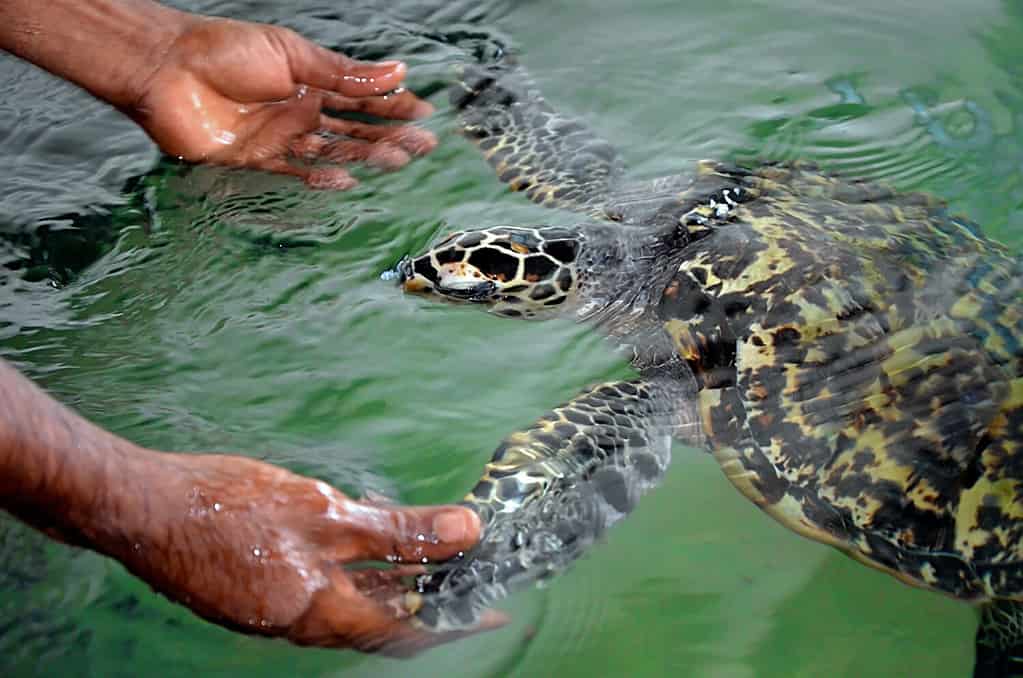
©ValeriiaES/Shutterstock.com
Maryland’s Department of Natural Resources works alongside the state’s Marine Mammal and Sea Turtle Stranding Response Program, with federal partners and regional rehabilitation facilities supporting these efforts. Trained staff and volunteers cover beaches, marinas, and shorelines year-round, logging data so that trends can be tracked within the state over time.
Every accurate report of a marine stranding provides vital data. Information about the location and tides helps identify hotspots for entanglement or vessel strikes, while details about species and season reveal when and where animals are most at risk.
Additionally, photographs and field notes allow biologists to detect patterns tied to gear type, weather, water temperature, or unusual blooms. Over time, these details guide prevention, outreach, and enforcement efforts. This is one reason why experts are concerned about the increase in strandings expected in 2025. What might be causing this rise?
Suspected Causes

©Niyash Nizar/Shutterstock.com
Several factors appear to be at work behind the influx of marine strandings. More animals are entering Maryland’s local waters during warm periods, which can increase the likelihood of encounters and create dangerous situations for wildlife. Recreational boating has also been frequent, which increases the chance of collision in narrow channels and near inlets.
Entanglement in fishing gear and marine debris remains a persistent stressor, especially for sea turtles. Environmental health factors, including pathogens and poor water quality in pockets of the Bay or surf zone, are also under review, as certain pollutants may be exacerbating stress for multiple species.
What You Should Do If You Encounter a Stranded Animal
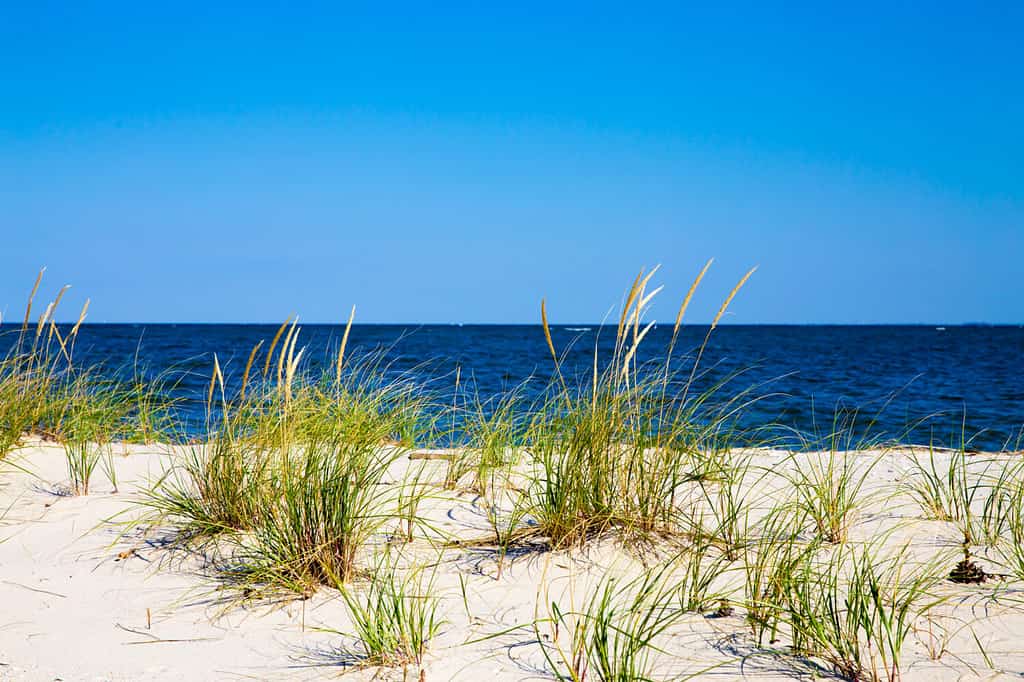
©Yvonne Navalaney/Shutterstock.com
There are certain steps you must take if you spy a stranded marine animal. Be sure to report the sighting as soon as possible and give a precise location description. Additionally, provide clear photos from a safe distance and note any visible injuries or entangling material. Keep people and pets away to reduce stress on the animal and preserve evidence, and always wait for instructions from responders before taking any action.
How You Can Help

©Riderfoot/Shutterstock.com
If you live near Maryland’s waters, be sure to save the DNR’s hotline number in your phone so you can report any sightings quickly. Share this information with marina staff, charter crews, paddling clubs, and local beach communities.
No matter where you live, there are steps you can take, too. Dispose of your fishing line and trash in proper containers, and encourage others to do the same if you’re near waterways. When boating, slow down in posted areas and keep a sharp lookout in Maryland’s channels, where animals are most likely to travel.
The Future of Strandings in Maryland

Maryland’s Department of Natural Resources is facing more marine wildlife strandings with each passing decade. However, the department is turning increased community vigilance into better science and faster response, allowing more animals to be saved within the state. As time goes on, more data will be gathered, hopefully leading to improved outcomes for these stranded animals, regardless of species.
The post What’s Behind Maryland’s Surge in Marine Animal Strandings This Year? appeared first on A-Z Animals.
October 18, 2025 at 06:02PMAugust Croft
.jpeg)
.jpeg)

0 Comments